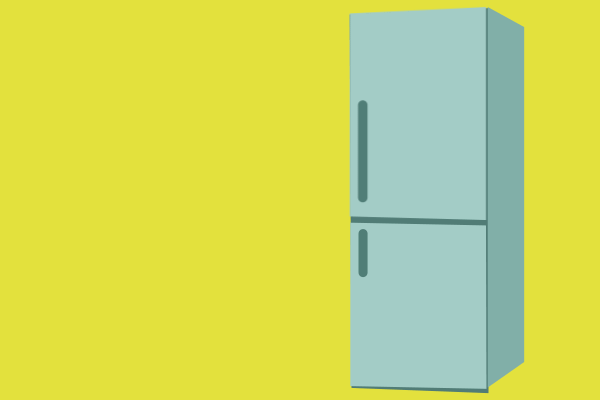“The smart home is a pipe dream.” That was a headline published by CNN in 2014. Since then, I’ve set my sights on disputing if “pipe dream” is still the ultimate definer of smart-home technology. While recent news on the topic leaves me hopeful that the technology is coming, I’m still not confident that much has changed in the interim between 2014 and today.
Don’t get me wrong; headway has been made in the areas CNN cited as obstacles in its pessimistic assessment. Software companies like Zonoff are building platforms that help the fragmented ecosystem of sensors, appliances and TVs talk to each other. Also, hardware companies like LG and Samsung are developing ways to make our old, dumb washing machines and refrigerators smart, so a connected home may no longer require purchasing all new appliances.
So in all fairness, the industry is making some moves. So now we’re looking at the next big question: How will companies monetize these services? Standstill, we meet again…
Your whole milk is low, might we suggest 1%?
Winifred Chang, the head of home Internet of Things (IoT) partnerships at LG, said at this year’s CES that the smart hubs in LG’s TVs and appliances may one day be subsidized by partnerships with consumer product brands (i.e., your refrigerator might recommend a certain brand of milk when it knows you’re running low). To me, this kind of interruptive model seems like a backward step rather than providing consumers with a service that’s truly useful—so, not something likely worth paying for in the near future.

Less pizza, more rewards
Another way companies are subsidizing their services is by selling the data to third parties. Google is giving away its Nest smoke alarm when you use one of its insurance partners. The insurance company knows when your alarm is fully powered and working and in return gives you “safety rewards” on your premiums. Now, I’m all for discounts based on safe behavior, but I worry that insurance companies might also want to raise my premiums when they see how many frozen pizzas I consume in a week. Again, perhaps not a step exactly in the right direction, but at least it’s a step.
Back before you noticed it was gone
The last and least futuristic way forward is for companies to simply provide a valuable service that people are willing to pay for. A worthy example is Simplehuman’s trash can, which knows when you need more trash bags and will automatically order them for you.
That’s the kind of sensible, useful service I’m looking for. It’s nondisruptive and makes my life easier. And while it might not be the most tech-savvy example of a smart home feature in the market, it’s arguably the only one I’d actually pay for.
Simplicity, you’re the one.
The thing is, I don’t want to worry about buying trash bags, paper towels and laundry detergent—I just want them to be there when I need them, packaged together, discounted and delivered by drone if necessary. How the smart home will make this happens is still up in the air (no pun intended) and somewhat of a pipe dream.
However, when the smart home comes to fruition, just please don’t make me have to skip through product-pushing ads on my fridge or tell my health insurance company I eat too much pizza. Is that too much to ask?




